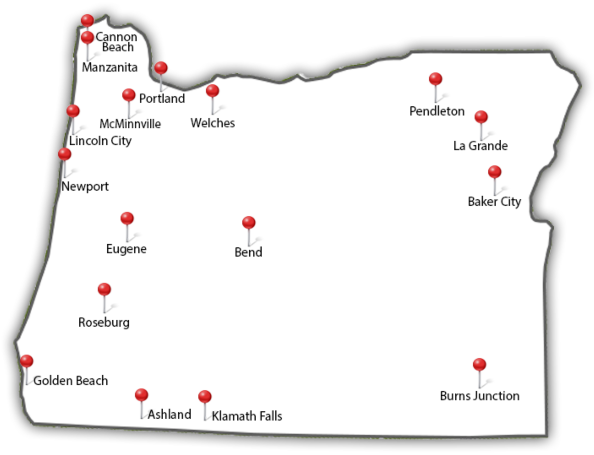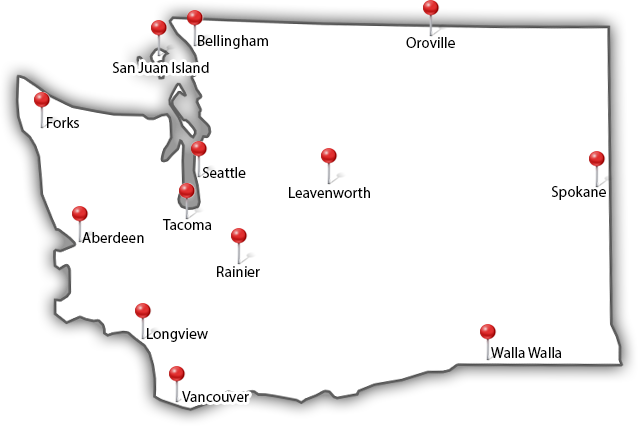Why Is My Tree Dying?
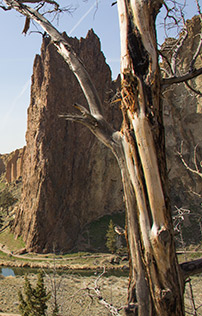
There are many factors that can compromise the health of your tree. Both man-made and natural forces can easily lead to the damage and even death of your landscape. Not only do dying trees create an eyesore in your yard and devalue your property, but they can also pose a threat to the safety of you and your home.
So, how do you know if your tree is dying and what should you do if it is already dead?
This article will describe the symptoms of dead and dying trees and the steps you can take when you know your tree is dead.
Signs that a tree is dead or dying
Several simple signs will generally tell you that your tree is dying or already dead. If you notice that a tree is losing leaves or needles at an incredible rate or that it now has no foliage whatsoever, your tree is most likely dying. Rapid discoloration of foliage is usually the first sign of stress and can ultimately lead to the end of a tree’s life.
Often times the texture and health of tree bark can also be an indicator of the overall health of the tree. The loss of bark or 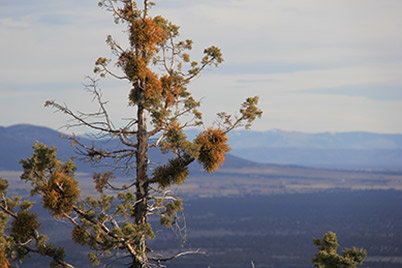 dryness and brittle bark can be a sign of declining tree health.
dryness and brittle bark can be a sign of declining tree health.
If a tree is dying and rotting, you can often feel the tree trunk turning spongy and weakening from the inside. Sudden limb failure, limb cracking and excess foliage loss can also indicate that your tree is near its’ end.
But how can you prevent a tree from dying?
Common causes of tree death
While the signs of tree death and disease are generally seen above ground, the root of the problem usually starts below ground with the roots and soil. Here are some of the common reasons why trees die and ways that you can avoid killing your tree.
Lack of Water or Too Much Water – Often times we associate the death of tree with the lack of water. But as sensitive as trees are to too little water, too much water can pose just as large of a threat. Make sure to water your trees correctly based upon their species as well as your overall climate. Contact your local Certified Arborist if you have any questions about how much to water your trees.
Changing the Soil Grade – We’re not talking about flunking your tree out of class. When you add or take away soil from the area above your trees roots, you greatly impact the flow of water and nutrients to the tree. The primary feeding roots in trees are often found in the top six inches of the soil, so even changing the level of soil around your tree by four to six inches can cause severe stress in your trees and lead to death.
Compacting Soil – Driving cars and heavy machinery on the soil that covers tree roots can quickly kill a tree. Compacted soil doesn’t allow for water and oxygen to circulate through the dirt. Depriving the tree of oxygen and other nutrients in the soil.
Girdling Roots – Often times when tree is grown in a nursery the roots are trimmed to create a compact root ball that makes transplanting easy. Yet, this trimming can often lead to roots twisting around themselves and strangling the tree as the roots tighten and grow. Look for ‘pot bound’ or tightly packed roots before you purchase and plant a nursery tree.
Improper Transplanting – When you transplant a tree there are many things that can go wrong. One common mistake is digging too small or too deep of a hole. This impedes root growth and can choke the tree. A tree should be planted in a hole no deeper than and at least three times the diameter of the root ball.
Another mistake is packing the soil within the hole, as well as, 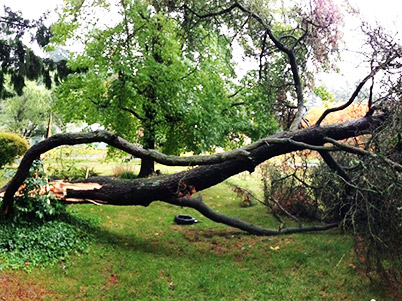 on top of the newly planted tree. Make sure to loosen or scrape the soil on the edges and bottom of the hole. Don’t pack down ‘back-fill’ soil you use to plant the tree. Packed soil will deprive the lower roots from receiving water and oxygen and stunt or kill your tree.
on top of the newly planted tree. Make sure to loosen or scrape the soil on the edges and bottom of the hole. Don’t pack down ‘back-fill’ soil you use to plant the tree. Packed soil will deprive the lower roots from receiving water and oxygen and stunt or kill your tree.
Lastly, when you transplant your tree pay close attention to the root ball. Always remove and unwrap any burlap and twine that may be tied to the tree. Help the roots spread by gently loosening and separating the root ball before planting the tree.
What Do I Do If My Tree Is Dead?
Many times, when you see the signs of a dying tree it may be too late to salvage. If your trees are dead and dying you have several options left to help keep you and your home safe and beautiful.
Cabling – If a tree is old, sick, or just unstable, you can mount stabilizing metal cables and braces to the tree. This can stop a tree from splitting or falling over during the rest of its’ life.
Tree Removal – If a tree is dead it can quickly become a falling hazard. Removing a dead tree can keep you and your home safe before any heavy winds or natural forces like gravity send the tree toppling to the ground.
In an earlier blog post we discussed the dangers of DIY tree removal. Make sure to play it safe and call a professional Certified Arborist for all your tree removal needs.
Stump Grinding – Once you cut down a tree you can remove the stump to get rid of that ugly reminder of your fallen tree. Northwest Arbor Culture Inc. offers stump grinding services that safely and effectively remove your stump. Allowing you to have 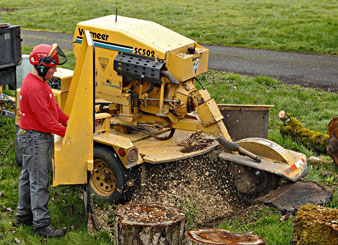 an open yard and reuse the chipped wood for garden and tree mulch.
an open yard and reuse the chipped wood for garden and tree mulch.
The professionals at Northwest Arbor Culture Inc. offer tree bracing, cabling, large tree removal, and stump grinding services across the Pacific Northwest. We are known for providing quality services at a fair price and have over 30 years of landscaping and tree care experience.
Contact us or give us a call today at (503) 538-8733 for all of your tree care needs.
Have you had a dead or dying tree in your yard? Tell us how you dealt with your tree in the comments section below.
blog comments powered by Disqus






